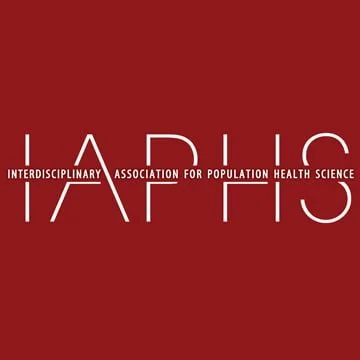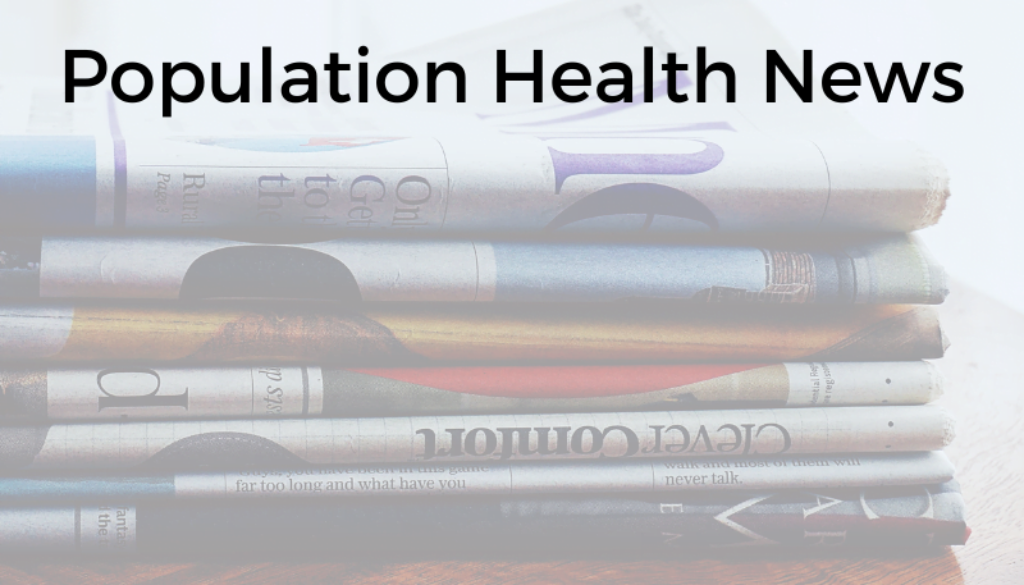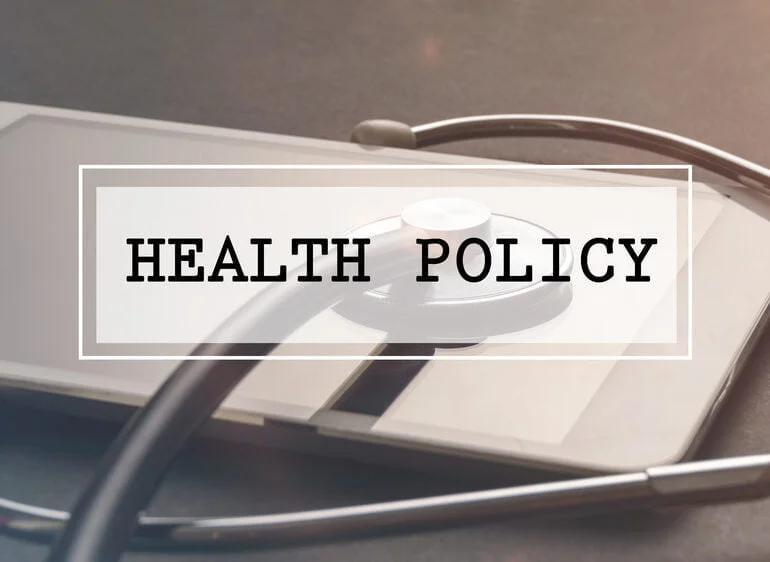Population Health News Round-Up: March 2024
JoAnne DyerIAPHS Members in the News

Bridget Goosby presented “Joy and Pain? Findings from a study on Black Women Faculty’s Health, Support, and Well-Being on the Tenure Track” at the University of Texas at Austin. (February 27, 2024)
Boston University School of Public Health (IAPHS institutional member) launched a new center in January 2024 to “improve models of care for people with disabilities and chronic conditions.” The LeaHD team (Learning Health Systems Training to Improve Disability and Chronic Condition Care) will focus on rehabilitation and long-term support. (March 8, 2024)
Rita Hamad in Health Affairs Scholar: “Despite prevailing narratives, immigrants, on average, contribute substantially to US society.” In this commentary, Hamad reviews possible investments to help immigrants thrive, which will both help them and benefit the “greater social good.” (February 14, 2024)
John R. Pamplin II is featured in this article from the Columbia Mailman School of Public Health. “…Pamplin works as a social epidemiologist, examining how structural racism and systemic inequity affect mental health and substance use outcomes. He investigates racial patterns in major depression, emerging racial trends in adolescent and adult suicide, and the mental and physical health consequences of the hyper-policing of Black and Brown neighborhoods.” (February 1, 2024)
Health Equity and Disparities
The NEJM looks at historic biases in medicine: In a series of articles, historians examine discrimination in healthcare throughout history—and the NEJM’s own role in perpetuating it. In this article, the authors look at racism, especially that directed at Black and indigenous people. (NEJM Perspective, February 1, 2024)
The AMA offers ways to embed equity in crisis management: In this guide, the American Medical Association suggests ways to ensure equity is part of preparing and responding to crises such as COVID. An example: Design a diverse crisis response team across identities and roles. (The American Medical Association, updated February 20, 2024)
Who might be left behind in personalized medicine?: Some populations (e.g., people of color, people who are underinsured) face multiple barriers, such as “a lack of inclusion of diverse genetics in research, [and] the high cost of genetic testing and technology used in personalized medicine…” This may worsen health disparities in this area. (Association of American Medical Colleges News, March 7, 2024)
Environmental Health and Justice
In California, farmworkers say pesticide exposure violates their civil rights: Organizers say Latinx and Indigenous communities are disproportionately harmed by pesticides, and they’re calling on the California attorney general to investigate. (Inside Climate News, February 20, 2024)
An environmental justice conundrum in one Houston neighborhood: A toxic plume of creosote lingers in a historically Black Houston neighborhood. But there’s history there, too. What’s the solution? (Grist, March 6, 2024)
“Forever chemicals” in landfills pose risk to marginalized groups: Landfills are often located closer to communities of color and lower-income communities, so these neighborhoods face increased health risks from PFAS chemicals that leach into drinking water and groundwater. (Environmental Working Group, March 13, 2024)
Built Environments, Spaces, and Places
Spatial planning, design, and health in small-town Kansas: In “Built Environment and Population Health in Small-Town America: Learning from Small Cities of Kansas”, author Mahbub Rashid finds some “success stories,” like saving local merchants and preserving downtown walkability in Baldwin City. (Salina Post, February 27, 2024)
Lowered lead levels linked to better blood pressure in American Indian adults: “Declines in blood lead levels, even at low blood lead concentrations, were associated with reductions in systolic blood pressure.” (Journal of the American Heart Association, January 11, 2024)
Neighborhoods with more “greenness” associated with lower blood pressure: In Taiwan, researchers found that a higher level of greenness is “associated with a lower risk of incident hypertension,” with a stronger association among males and participants with a beyond-high-school education. (Environmental Health Protection, March 1, 2023)
Policy and Programs
Voting as a mechanism for health equity: “In the US context especially, political power, through access to voting and other means, remains a vital social determinant of health.” (AJPH, February 21, 2024)
Hypertension reduction program reduced a disparity: An interdisciplinary program to lower hypertension in Black adults reduced a high blood pressure disparity gap from around 6% to about 2%. (UC Davis Health, February 29, 2024)
Medicaid expansion helps maternal mental health for immigrants: “[E]xpanding Emergency Medicaid coverage to include prenatal care was associated with significantly increased detection and treatment of perinatal mental health conditions. A similar but smaller association was found with expansion of postpartum coverage.” (JAMA Network Open, February 20, 2024)
Laws that delay firearm purchase are associated with a decline in suicide rates: “Firearm purchase delay laws decrease firearm suicide rates among young adults by 6.1 percent.” (National Bureau of Economic Research, Working Paper 31917, March 1, 2024)









All comments will be reviewed and posted if substantive and of general interest to IAPHS readers.